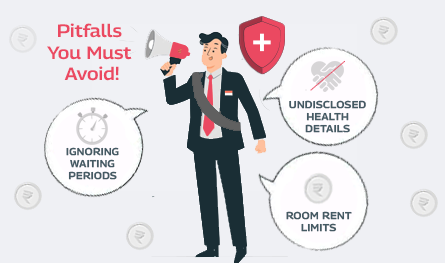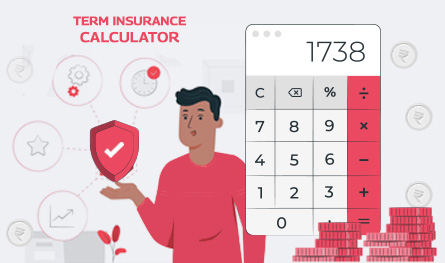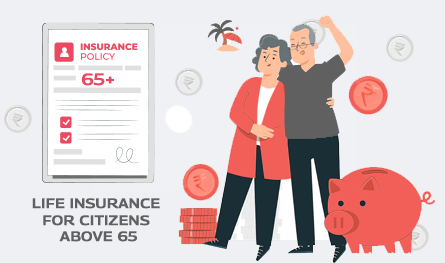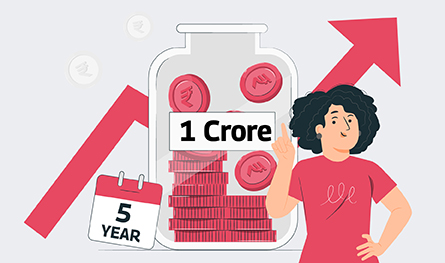Emergencies can come anytime unannounced. The same holds true for medical emergencies as well. Such times can be quite demanding, both in terms of time as well as money. There may arise an immediate need for money to be spent on hospitalization or urgent treatment for the patient. Such situations can create quite a panic if not prepared for in advance. This is why health insurance presents an extremely beneficial feature for the convenience of policyholders. It is known as cashless mediclaim.
Here we’ll talk all about a cashless mediclaim policy, how it works, what it covers and excludes, and also share the top insurance companies offering the cashless mediclaim feature. So let’s begin.
What is Cashless Mediclaim Policy ?
As the name suggests, a cashless health insurance allows the policyholder to avail the benefit of hospitalization without paying immediate cash during a medical emergency. In other words, when an urgent need arises for a treatment at hospital, the policyholder can get hospitalized without having to pay for it immediately, with the benefit of a cashless mediclaim policy.
3 Types of Cashless Claim Policies in India
We learned what is cashless insurance in the section above. Now let us quickly understand the different types of cashless mediclaim policies that exist in India:
- Cashless Individual Health Insurance: These plans are specifically designed for individuals, offering them the cashless mediclaim benefit.
- Cashless Family Health Insurance: This can be purchased for the entire family, including spouse, kids, and parents (if applicable). All the members of the family can be covered by cashless health insurance under the same plan avoiding multiple payments of premium for different policies.
- Cashless Health Insurance for Senior Citizens: This is exclusively meant for the elderly aged 60 years and above. The plan covers besides cashless hospitalization expenses incurred on the ambulance as well as treatment of pre-existing diseases.
Top 7 Key Features of Cashless Treatment
Now that we know what cashless treatment is, let us look at some of its key features:
- Cashless treatment provides coverage for expenditure incurred on hospitalization of the patient for a period greater than 24 hours
- Coverage for single health checkup and diagnostic test is provided
- Cashless treatment means that the patient does not need to pay a single penny at the time of hospitalization
- Coverage for ambulance cost, organ transplant, and domiciliary treatment is also offered under cashless mediclaim policy
- Both pre- and post-hospitalization expenses are covered
- Daily hospital cash benefit provided
- No Claim Bonus (NCB) is granted to the policyholder for zero claims raised in a financial year
What is Included in Cashless Insurance?
A cashless mediclaim plan can be used to seek coverage for both:
- Planned hospital stay for treatment of a specific health condition; and
- Emergency hospitalization required during medical emergency
A cashless claim process can be followed in both of the above cases to file a claim for cost coverage on the expenses incurred. The insurance company has a collaboration with a wide network of hospitals and the policyholder can choose to get treatment done at any of those hospitals on the cashless treatment facility. In case of emergency hospitalization too, the patient can be taken to any of the network hospitals and get admitted without having to pay anything from their pocket.
5 Exclusions of Cashless Mediclaim
There are certain features that are not included in cashless treatment health insurance. Let us look at some of them:
- Fee for the attendant
- Admission fees or registration charges at the hospital during the time of admission
- Expenses incurred on the purchase of items such as oxygen masks, diapers, syringes, and the like
- Purchase of toiletries for personal use
- Service charges in the final bill
What to Consider Before Buying Cashless Mediclaim?
So a cashless mediclaim plan does sound appealing but there are some pointers to keep note of before investing in one. Here are some of them:
- Make sure that your cashless treatment insurance covers both hospitalization expenses as well as day care treatment coverage under the plan. This is because not all treatments require the patient to be hospitalized and most of them can be taken care of with a brief stay at the hospital (for less than 24 hours).
- Make sure that your cashless health insurance plan comes with a lifetime renewability feature. This would be particularly helpful to you if there are dependent parents in your family.
- It would be ideal if cashless hospitalization insurance comes with added maternity coverage benefits too to help your spouse cover costs during pregnancy and delivery.
- Most cashless health insurance plans come with a single free health checkup and diagnostic test facility. Try and opt for such a plan.
- Always check for the list of network hospitals provided in your mediclaim policy where cashless treatment can be availed during emergency.
- The Claim Settlement Ratio (CSR) of the insurance company must always be considered before purchasing any mediclaim plan. The higher the CSR of the company, the better it is to invest in.
Top Cashless Mediclaim Plans in India
With so many benefits to enjoy under cashless insurance, it’s only wise to invest in one. If you’re keen on doing so, here are at least 5 insurance companies that offer some of the best cashless treatment health insurance plans in India:
| Name of the Plan |
|
|
|
|
|
|
|
|
| Pre and Post Hospitalization Expenses |
|
| Pre-existing diseases covered after 4 years of the date of commencement of the policy |
|
| Bajaj Allianz Health Insurance Family Floater |
|
|
|
| Pre and Post Hospitalization Expenses |
|
| Pre-existing diseases covered after 2 years |
|
| Apollo Munich Optima Restore Health Insurance |
|
|
|
| Pre and Post Hospitalization Expenses |
|
| Pre-existing diseases covered after 3 years |
|
| Niva Bupa Health Insurance |
|
|
|
| Pre and Post Hospitalization Expenses |
|
| Pre-existing diseases covered after 2 years |
|
| ICICI Lombard Health Care Plus |
|
|
|
| Pre and Post Hospitalization Expenses |
|
| Pre-existing diseases covered after 4 years |
|
 Jan 08, 2025
Jan 08, 2025
 Health Insurance
Health Insurance
.png)
.png)










